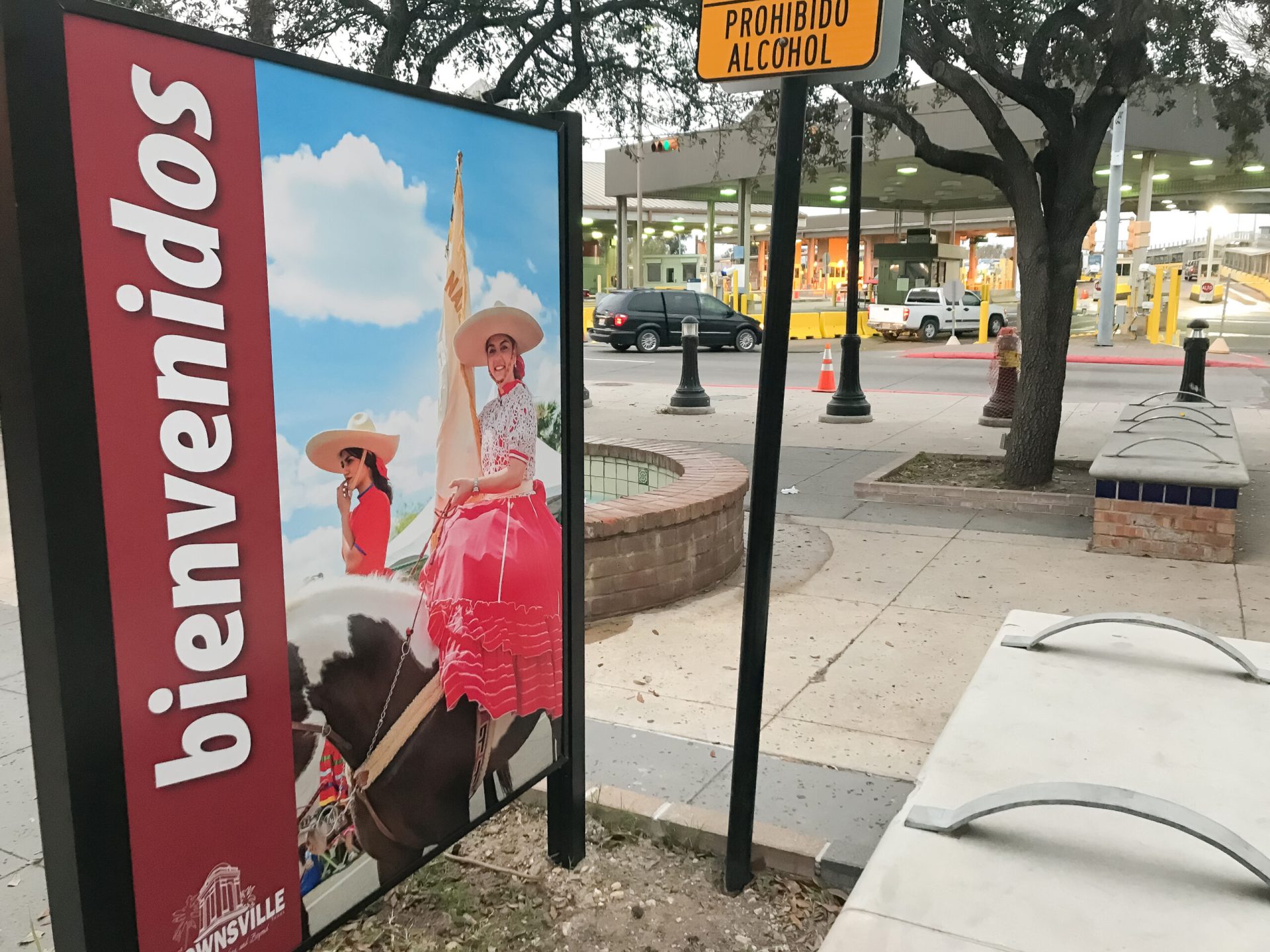When Mexico’s economy is hurting, the Rio Grande Valley usually feels it too, seeing as how they’re inextricably linked.
Antonio O. Garza, Brownsville native, retired U.S. ambassador to Mexico and counsel with Case & White in Mexico City, recently described Mexico’s overall economic/business pulse as “somber” and marked by uncertainty, compounded by concerns over the López Obrador administration’s policy direction, inflation and whatever the U.S. Federal Reserve System is about to do in response.
The outlook for Mexico’s economy is falling short of earlier forecasts, he said. In 2021, Mexico’s Gross Domestic Product, or total economic output, contracted in the third and fourth quarters and the country ended the year with an annual inflation rate of 7.3 percent, the highest in 20 years, Garza said. In late January, the International Monetary Fund “downgraded its 2022 projections of Mexico’s GDP growth by 1.2 percent to 2.8 percent,” he said.

The omicron wave further undermined Mexico’s economy, damaging its tourism industry and exposing the fragility of its health care system. Earlier this month the Centers for Disease Control and Prevention added Mexico to the list of countries U.S. travelers should avoid due to high levels of COVID-19, Garza noted.
President Andrés Manuel López Obrador enjoys a 60 percent approval rating and strong political support, though his moves “concentrate power in the executive branch and give preference to state-run industries continue to concern investors and strain U.S.-Mexico affairs,” Garza said.
On Jan. 21, U.S. Energy Secretary Jennifer Granholm met with López Obrador in Mexico City to express concern over his proposed energy reform giving the government more control over the country’s energy market, Garza said.
“The U.S. delegation expressed concern that the initiative would hinder U.S. investment in Mexico and impede progress on clean energy and climate. Mexico’s legislators have yet to set a date to vote on the reform, but the vote could take place as soon as March and it is expected to pass,” he said.

The peso, which took a steep dive in November just as the U.S. borders were reopened to “non-essential travel,” has rallied and is now strongly situation, which means more incentive for Mexican nationals to spend money on this side of the border. But an ailing Mexican economy can still pose challenges on this side of the border, Garza said.
“There are a number of things at play here, all of which I think we’ll feel in Brownsville and along the border,” he said. “First, inflation and Mexico’s policy response. They’ve increased interest rates and will be watching our Fed. Any weakening of the currency will have an impact on Mexican’s purchasing power and, in spite of some pent-up demand in the wake of the travel restrictions, Mexico’s economy is sagging and folks are feeling it.”





